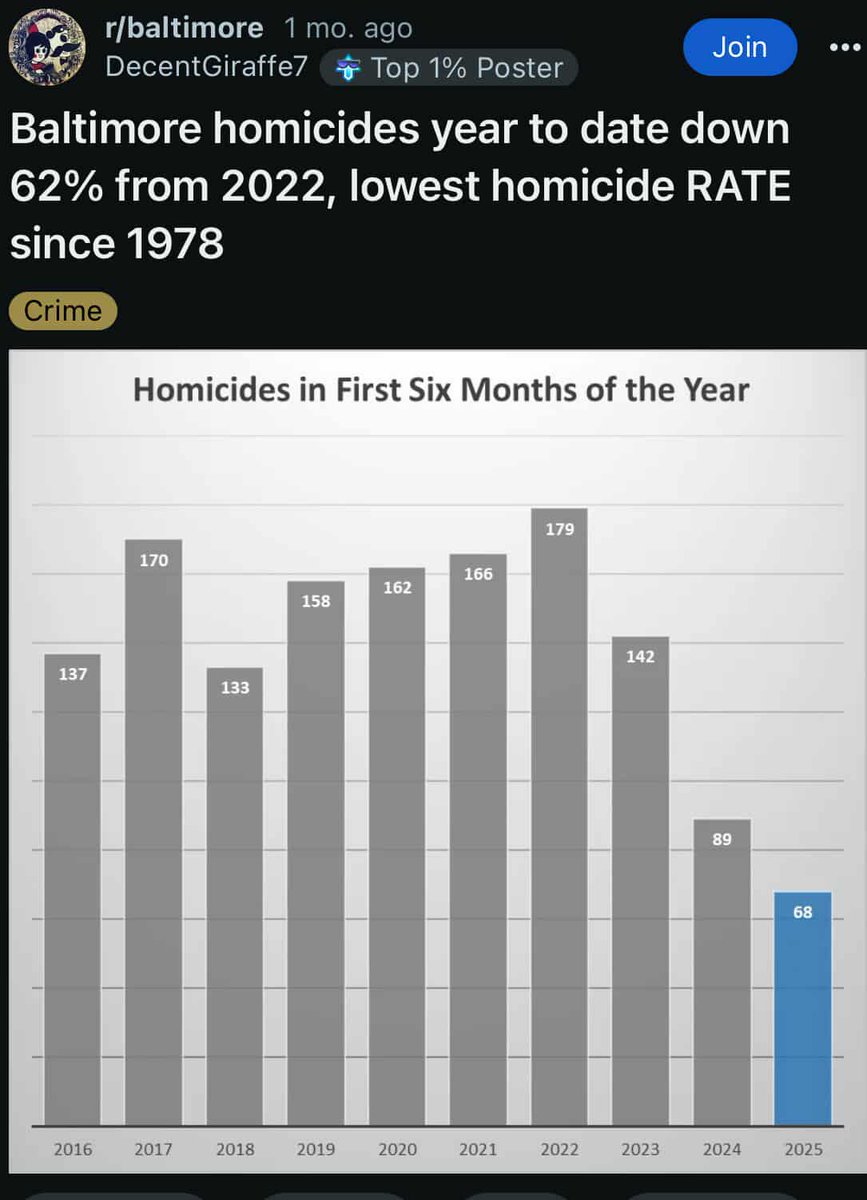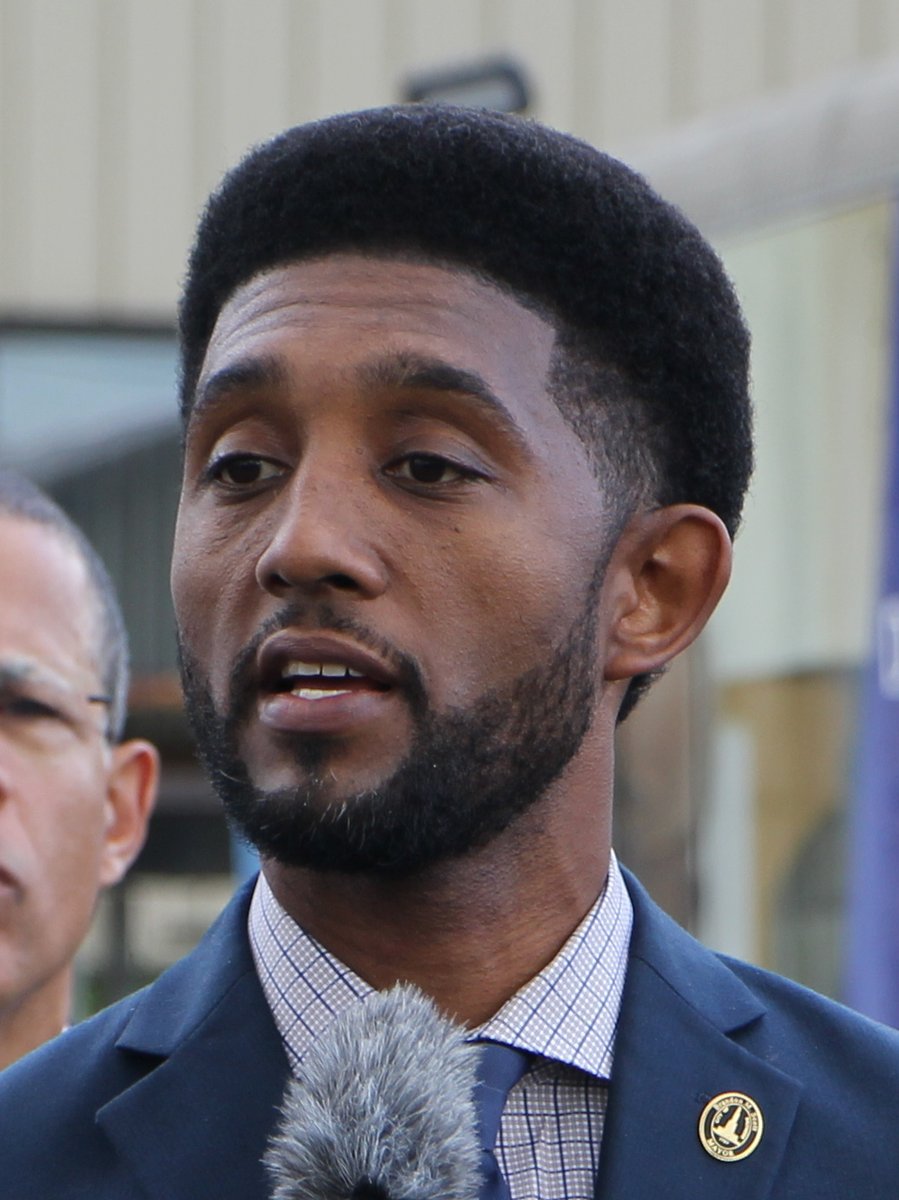"The average impact of corporate diversity, equity, and inclusion (DEI) training is zero and some evidence suggests that the impact can become negative if the training is mandated."
—Roland Fryer (Harvard, Econ) 🧵
—Roland Fryer (Harvard, Econ) 🧵
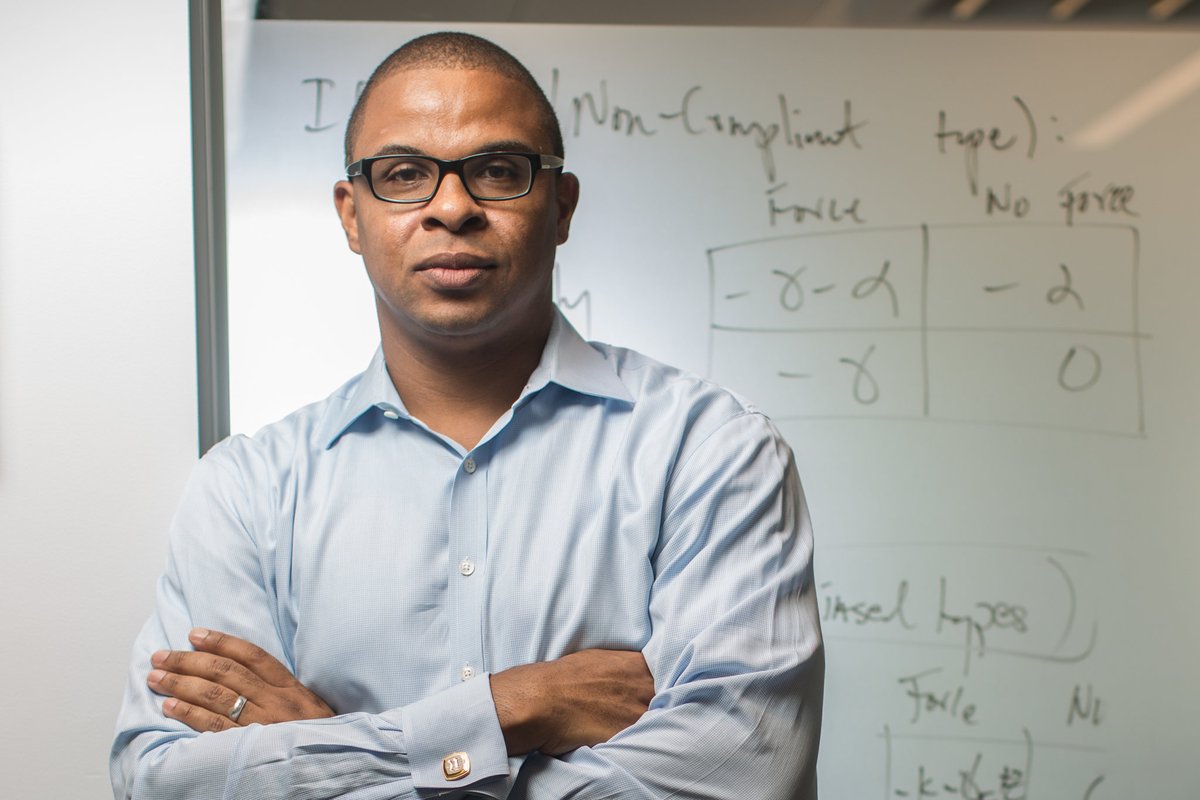
2/
"'Statistical Snapshots,' which describe how employee outcomes differ by demographic, are another popular tool. These #s cannot provide proof of bias. Simple averages often mislead; importantly, crafting strategies based on misleading data often does more harm than good."
"'Statistical Snapshots,' which describe how employee outcomes differ by demographic, are another popular tool. These #s cannot provide proof of bias. Simple averages often mislead; importantly, crafting strategies based on misleading data often does more harm than good."

3/
"Our intuition for how to decrease race and gender disparities in the workplace has failed us for decades. It’s time to stop guessing and start using the scientific method. Here is a three-step approach that can turn earnest intentions into good science."
"Our intuition for how to decrease race and gender disparities in the workplace has failed us for decades. It’s time to stop guessing and start using the scientific method. Here is a three-step approach that can turn earnest intentions into good science."

4/
(1) "Understand disparities: For decades, social scientists have shown that raw gaps in employment outcomes like hiring or wages misstate the amount of actual bias in an organization. This data omits many factors that are key to personnel decisions...
(1) "Understand disparities: For decades, social scientists have shown that raw gaps in employment outcomes like hiring or wages misstate the amount of actual bias in an organization. This data omits many factors that are key to personnel decisions...

5/
"One of the most important developments in the study of racial inequality has been the quantification of the importance of pre-market skills in explaining differences in labor market outcomes between Black and white workers. In 2010...
"One of the most important developments in the study of racial inequality has been the quantification of the importance of pre-market skills in explaining differences in labor market outcomes between Black and white workers. In 2010...

6/
"...using data on 1000s of individuals in their 40s, I estimated Black men earn 39.4% less than white men & Black women earn 13.1% less than white women. Accounting for 1 variable–educational achievement in teen yrs––reduced that difference to 10.9% (72% reduction) for men...
"...using data on 1000s of individuals in their 40s, I estimated Black men earn 39.4% less than white men & Black women earn 13.1% less than white women. Accounting for 1 variable–educational achievement in teen yrs––reduced that difference to 10.9% (72% reduction) for men...

7/
"...and revealed that Black women earn 12.7% more than white women, on average.
Neal & Johnson in 1996: 'While our results do provide some evidence for current labor market discrimination, skills gaps play such a large role that we believe future research should focus...
"...and revealed that Black women earn 12.7% more than white women, on average.
Neal & Johnson in 1996: 'While our results do provide some evidence for current labor market discrimination, skills gaps play such a large role that we believe future research should focus...

8/
"...on the obstacles Black children face in acquiring productive skill.'
I worked w/ hospitals determined to rid their organization of gender bias. The basic facts were startling: Women earned 33% less than men when they were hired and their wages increased less than men."
"...on the obstacles Black children face in acquiring productive skill.'
I worked w/ hospitals determined to rid their organization of gender bias. The basic facts were startling: Women earned 33% less than men when they were hired and their wages increased less than men."

9/
"Yet, accounting for basic demographic variables known about individuals prior to hiring, these differences decreased by 74%. A problem remained, but it was an order of magnitude smaller than the unadjusted numbers implied."
"Yet, accounting for basic demographic variables known about individuals prior to hiring, these differences decreased by 74%. A problem remained, but it was an order of magnitude smaller than the unadjusted numbers implied."

10/
(2) "Find the root causes of bias: Social scientists categorize bias into 3 flavors: preference, information, & structural. Preference bias is old-fashioned bigotry. If co. A prefers group W over group B then they will hire & promote them more even if similarly qualified."
(2) "Find the root causes of bias: Social scientists categorize bias into 3 flavors: preference, information, & structural. Preference bias is old-fashioned bigotry. If co. A prefers group W over group B then they will hire & promote them more even if similarly qualified."

11/
"Information bias arises when employers have imperfect information about workers’ potential productivity and use observable proxies, like gender or race, to make inferences (gender stereotypes are a classic example)."
"Information bias arises when employers have imperfect information about workers’ potential productivity and use observable proxies, like gender or race, to make inferences (gender stereotypes are a classic example)."
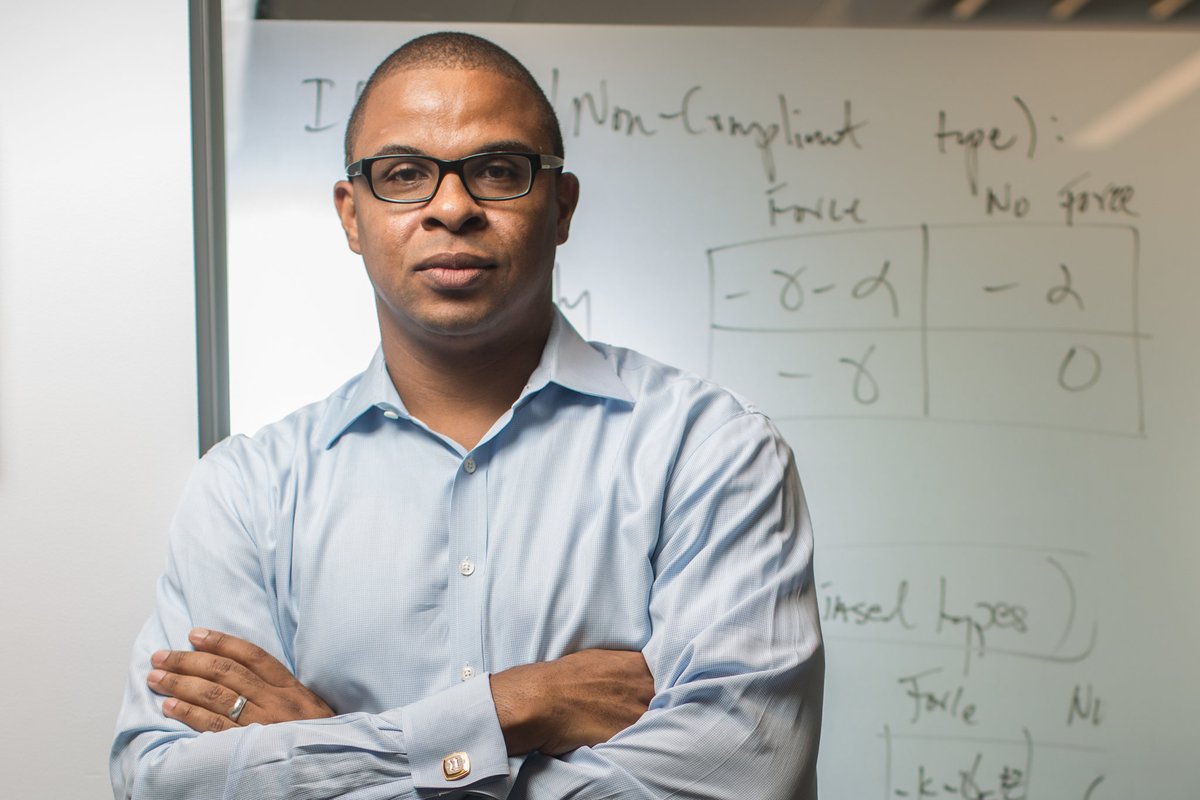
12/
"Structural bias occurs when companies institute practices, formally or informally, that have a disparate impact on particular groups, even when the underlying practices are themselves group blind. Employee referral programs can fall into this category."
"Structural bias occurs when companies institute practices, formally or informally, that have a disparate impact on particular groups, even when the underlying practices are themselves group blind. Employee referral programs can fall into this category."

13/
"With the aforementioned hospitals, the data pointed to a structural bias in scheduling. Women & men who worked the same number of hours earned exactly the same wage, but men worked more hours due to how the company assigned schedules, not women’s desire to work less."
"With the aforementioned hospitals, the data pointed to a structural bias in scheduling. Women & men who worked the same number of hours earned exactly the same wage, but men worked more hours due to how the company assigned schedules, not women’s desire to work less."

14/
"This is the key step missing in every DEI initiative I have seen: a rigorous, data-driven assessment of root causes that drives the search for effective solutions. In other aspects of life, we would not fathom prescribing a treatment without knowing the underlying cause."
"This is the key step missing in every DEI initiative I have seen: a rigorous, data-driven assessment of root causes that drives the search for effective solutions. In other aspects of life, we would not fathom prescribing a treatment without knowing the underlying cause."
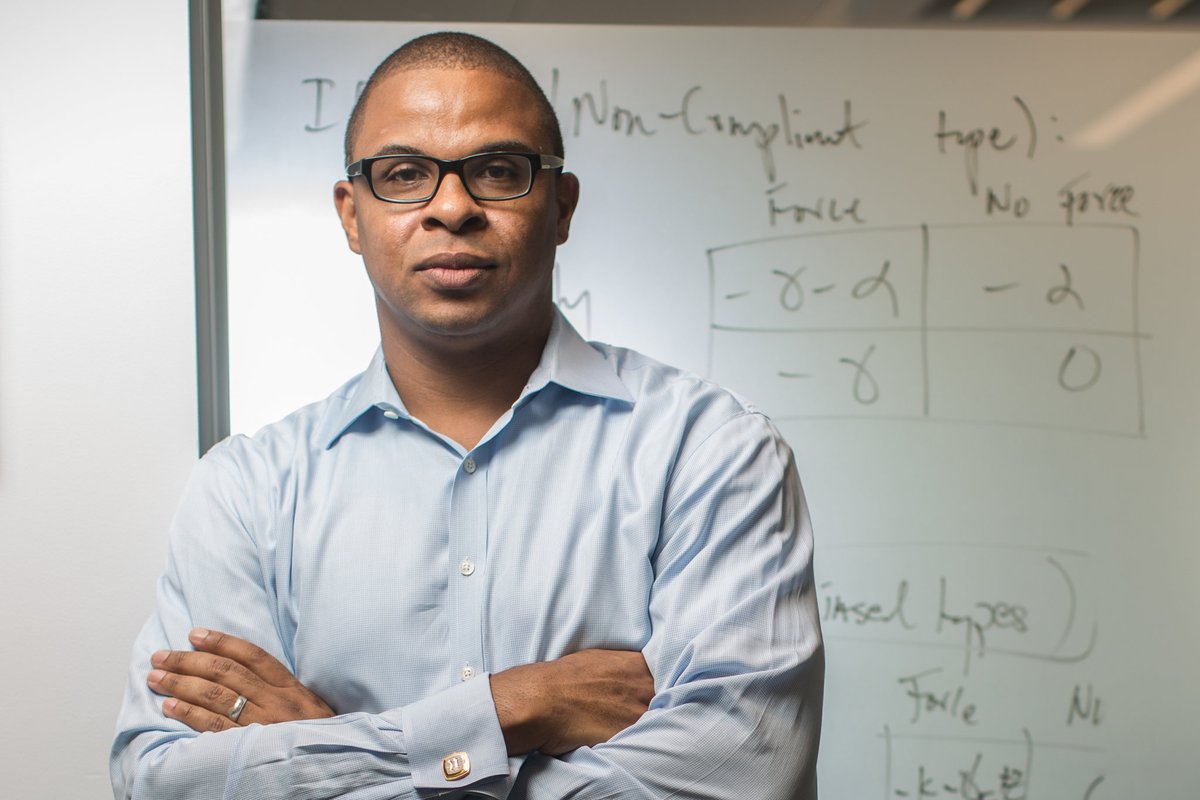
15/
(3) "Evaluate: We must evaluate what works & what doesn't. The cardiac test–you 'feel it in your heart'–is not enough. Once we know where potential biases exist, determine what caused them, & curate a set of solutions to test, we must evaluate what’s working and what’s not."
(3) "Evaluate: We must evaluate what works & what doesn't. The cardiac test–you 'feel it in your heart'–is not enough. Once we know where potential biases exist, determine what caused them, & curate a set of solutions to test, we must evaluate what’s working and what’s not."

16/
"Solutions that yield measurable results can be [put] into company policy, those that don't, discarded. In the case of the hospitals, once a small change was made to the structure of their scheduling, gender differences were reduced. The solution was hidden in plain data."
"Solutions that yield measurable results can be [put] into company policy, those that don't, discarded. In the case of the hospitals, once a small change was made to the structure of their scheduling, gender differences were reduced. The solution was hidden in plain data."

17/
"More corporate leaders should be trying to solve diversity challenges in the same way they solve problems in every other aspect of their business: through intelligent use of data, rigorous hypothesis testing, and honest inference about what is working."
"More corporate leaders should be trying to solve diversity challenges in the same way they solve problems in every other aspect of their business: through intelligent use of data, rigorous hypothesis testing, and honest inference about what is working."

18/
"This will seem heretical to some—but it barely scratches the surface of what's possible with a data-first approach to diversity, equity, and inclusion."
Roland Fryer's latest piece for Fortune: fortune.com/2022/06/20/dat…
"This will seem heretical to some—but it barely scratches the surface of what's possible with a data-first approach to diversity, equity, and inclusion."
Roland Fryer's latest piece for Fortune: fortune.com/2022/06/20/dat…
@threadreaderapp unroll
• • •
Missing some Tweet in this thread? You can try to
force a refresh




